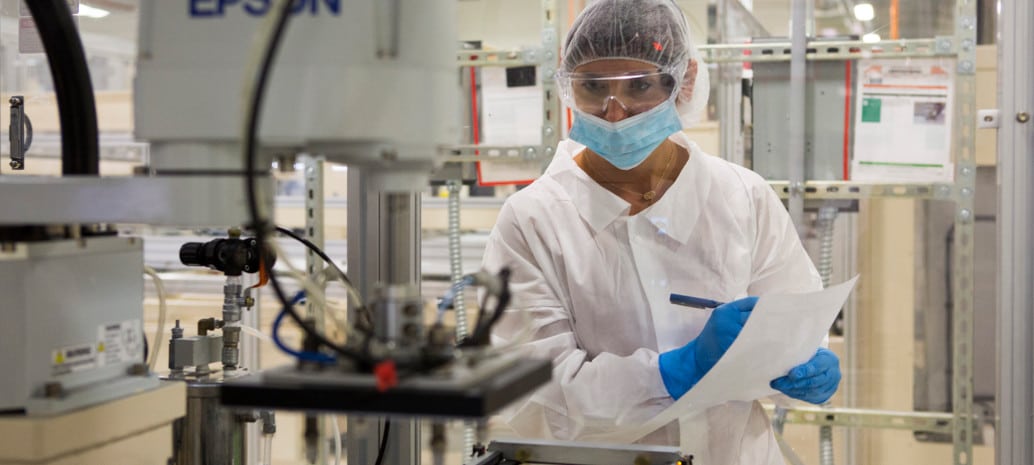Senator Jon Ossoff (D-Georgia) introduced a bill, dubbed the Solar Energy Manufacturing for America Act, which looks to establish a tax credit for domestic solar manufacturers.
According to the senator’s office, the act would boost the U.S. solar supply chain to create American clean energy jobs, compete with offshore manufacturers, and support energy independence. The incentive would be available through 2028 with a phase-down taking place the two years following.
Modules would receive a credit of 11 cents, multiplied by the capacity of the module; cells would receive 4 cents, multiplied by the capacity of the cell; wafers would be credited at $12 per square meter; and solar-grade polysilicon would receive a credit of $3 per kilogram.
Today Sen. @ossoff introduced the Solar Energy Manufacturing for America Act to:
☀️ rapidly boost American solar manufacturing
👷♀️ create clean energy jobs
♻️ accelerate the transition to clean energy
🇺🇸 support American energy independence pic.twitter.com/CT2XKmmfld— Ossoff's Office (@SenOssoff) June 21, 2021
Ossoff is working with Senate Finance Committee Chairman Ron Wyden (D-Oregon) to include the proposal into a broader clean energy plan that may be attached to an infrastructure bill later this year. The legislation is co-sponsored by senators Raphael Warnock (D-Georgia), Michael Bennet (D-Colorado), and Debbie Stabenow (D-Michigan).
The bill is supported by Q-CELLS America, Hemlock Semiconductors, LG Electronics USA, REC Silicon ASA, Wacker Polysilicon North America, Sunnova Energy International Inc., First Solar, Mission Solar, Leading Edge Equipment Technologies, Auxin Solar, Swift Solar, 1366 Technologies, Silfab Solar, Heliene, and the Ultra Low Carbon Solar Alliance.
If passed, the bill would be a boost to President Biden’s American Jobs Plan, which already has significant renewable energy provisions, including a 10-year extension of tax credits for solar and wind, and the establishment of other clean energy tax credits and includes direct pay of said credits.
The legislation has been met with open arms by the solar industry, with Abigail Ross Hopper, president and CEO of the Solar Energy Industries Association (SEIA) releasing a statement of support. “While the broader U.S. solar industry continues to flourish, America’s solar manufacturing sector has languished,” she said. Now is the time to “seize the promise” of American solar manufacturing.
The statement also included a call to increase the country’s annual domestic production capacity tenfold by 2030. SEIA set a solar-specific target of 50 GW of annual domestic production capacity by 2030. This goal would create American solar manufacturing capacity equal to over 150% of the 19.2 GW of solar deployed in 2020 and would covers “all key elements of a solar energy system,” SEIA said, including polysilicon, ingots and wafers, cells and modules, racking and trackers and inverters.
This content is protected by copyright and may not be reused. If you want to cooperate with us and would like to reuse some of our content, please contact: editors@pv-magazine.com.









The solar power industry worked Ooohhhh so well in Texas when the lights went out and the nuke plant was the only plant online keeping the power on !!
Government employees and politicians recommending spending taxpayer’s money on old tech to increase income of various company investors is a SCAM. Bribes and kickbacks are bribes and kickbacks. The US Senate has no idea about innovative tech until years after it becomes common place.
Innovative technology needs government ONLY to get out of the way, not siphon money into their mutual pockets in the name of Tax Credits for Innovation.